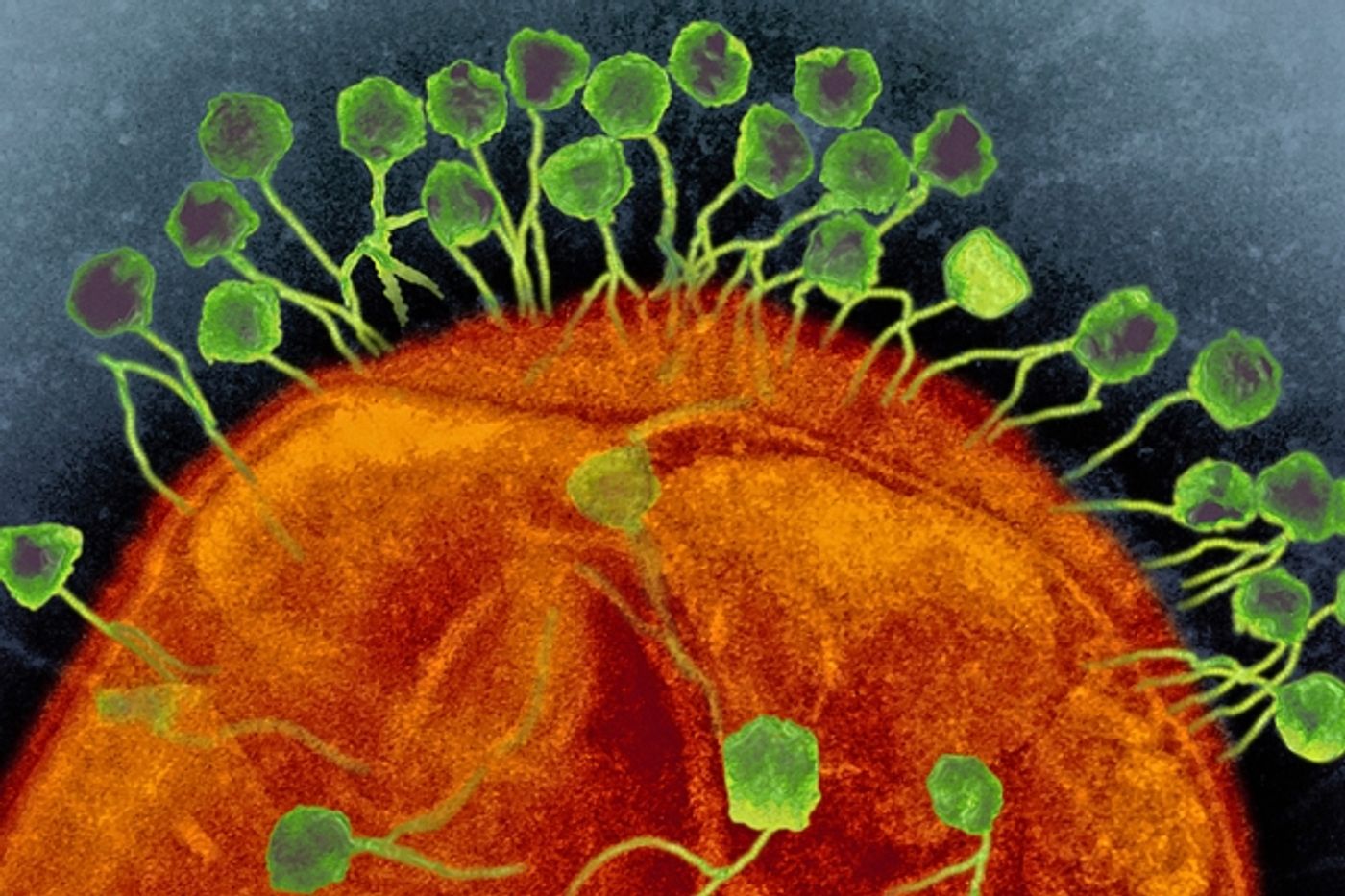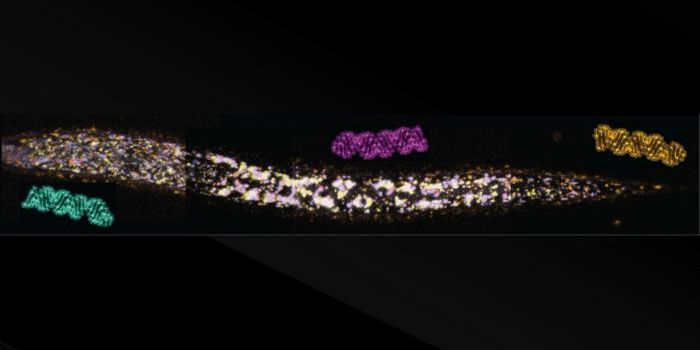
A scientific team including the scientist who first harnessed the CRISPR-Cas9 system for mammalian genome editing has reported on a different CRISPR system that could provide even simpler and more precise genome engineering. In a study published in Cell and reported in
Bioscience Technology, Feng Zhang and his team at the
Broad Institute of MIT and Harvard and the McGovern Institute for Brain Research at MIT, with co-authors Eugene Koonin at the National Institutes of Health, Aviv Regev of the Broad Institute and the MIT Department of Biology, and John van der Oost at Wageningen University, describe the biological features of the system and show how it can edit the genomes of human cells for cancer research and other applications.
According to Eric Lander, director of the Broad Institute, “This has dramatic potential to advance genetic engineering. The paper not only reveals the function of a previously uncharacterized CRISPR system, but also shows that Cpf1 can be harnessed for human genome editing and has remarkable and powerful features. The Cpf1 system represents a new generation of genome editing technology.”
CRISPR sequences were first described in 1987. Their natural biological function was initially described in 2010 and 2011. The use of the CRISPR-Cas9 system for mammalian genome editing was reported in 2013, both by Zhang and George Church at Harvard University.
In the recent study, Zhang’s team searched through hundreds of CRISPR systems in different types of bacteria, looking for enzymes with useful properties that could be engineered for use in human cells. They found two promising candidates: the Cpf1 enzymes from bacterial species Acidaminococcus and Lachnospiraceae, which can target genomic loci in human cells.
Zhang, the W.M. Keck Assistant Professor in Biomedical Engineering in MIT’s Department of Brain and Cognitive Sciences, explained, “We were thrilled to discover completely different CRISPR enzymes that can be harnessed for advancing research and human health.”
Cpf1 system differs in several ways from Cas9, with important implications for research, therapeutics, business and intellectual property:
In its natural form, the DNA-cutting enzyme Cas9 forms a complex with two small RNAs, which are both required for the cutting activity. The Cpf1 system is simpler, requiring only a single RNA. The Cpf1 enzyme is smaller than the SpCas9, simplifying its delivery into cells and tissues.
Cpf1 cuts DNA in a different way than Cas9. Cas9 cuts both strands of DNA at the same place, leaving “blunt ends” that can undergo mutations when rejoined. Cpf1 does offset cuts in the two strands with short overhangs on the exposed ends, aiding precise insertion by enabling researchers to integrate a piece of DNA more efficiently and accurately.
Cpf1 cuts far away from the recognition site. If the targeted gene is mutated at the cut site, it can be recut, enabling multiple chances for correct editing.
The Cpf1 system offers flexibility in choosing target sites. The Cpf1 complex recognizes very different PAM sequences from those of Cas9, a possible advantage in targeting some genomes.
The researchers plan to share the Cpf1 system widely. The technology will be freely available for academic research via the Zhang lab’s page on the plasmid-sharing website Addgene, where the Zhang lab has shared Cas9 reagents more than 23,000 times. The Broad Institute and MIT will offer nonexclusive licenses to enable commercial tool and service providers to add this enzyme to their CRISPR pipeline and services, further ensuring availability of this new enzyme to empower research.
 A scientific team including the scientist who first harnessed the CRISPR-Cas9 system for mammalian genome editing has reported on a different CRISPR system that could provide even simpler and more precise genome engineering. In a study published in Cell and reported in
A scientific team including the scientist who first harnessed the CRISPR-Cas9 system for mammalian genome editing has reported on a different CRISPR system that could provide even simpler and more precise genome engineering. In a study published in Cell and reported in 







